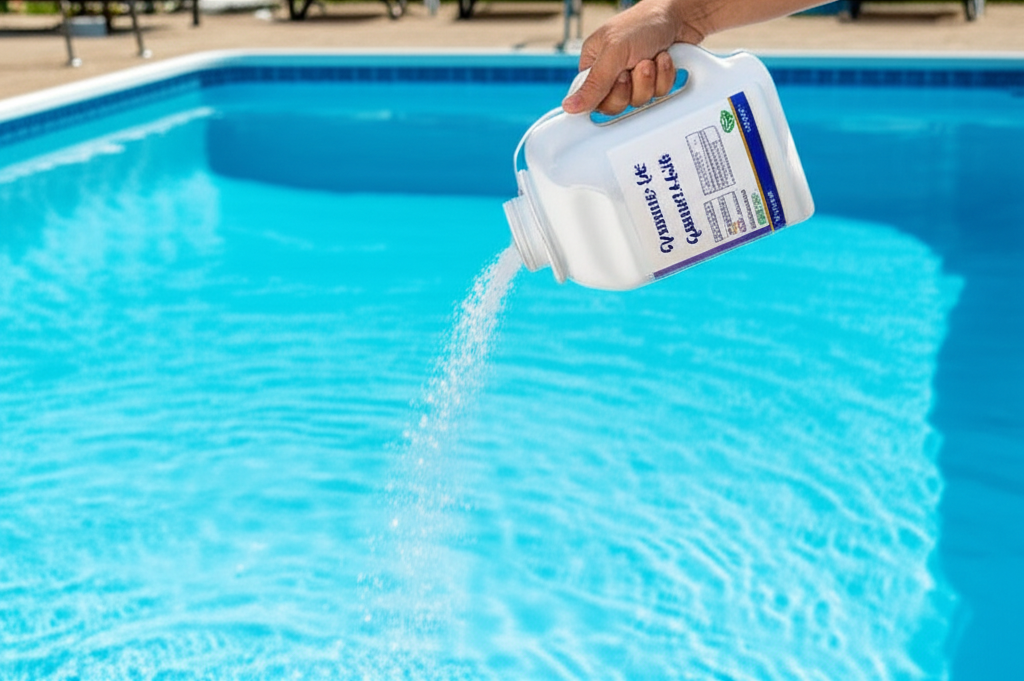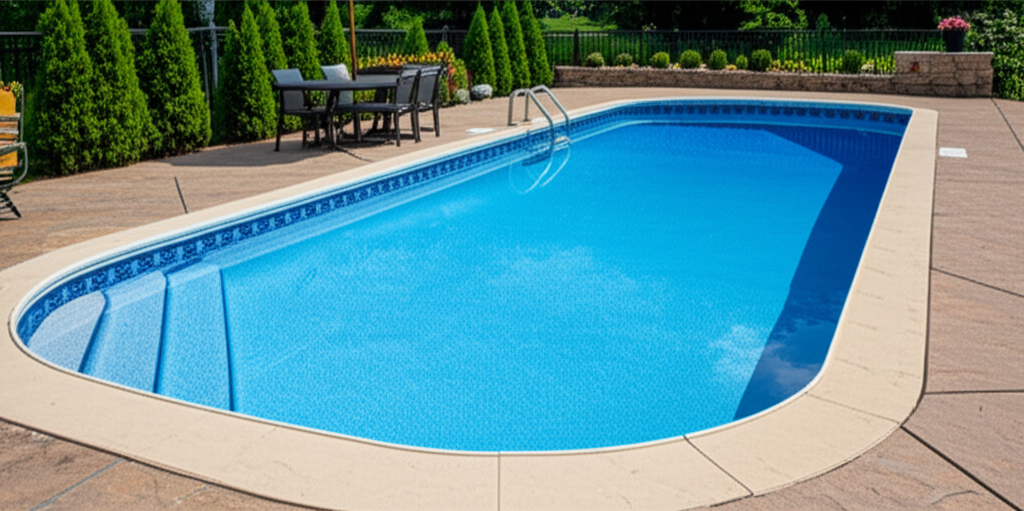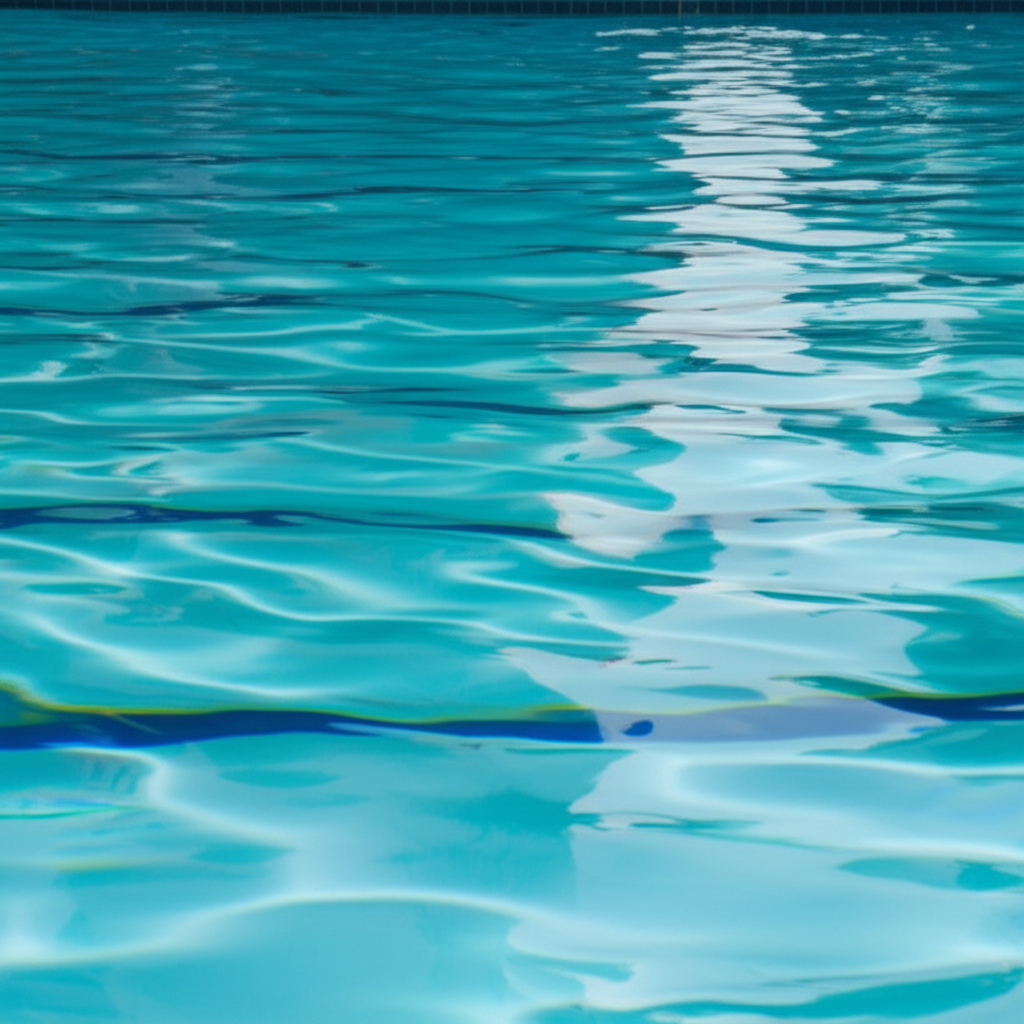Cyanuric Acid: Essential Pool Stabilizer Guide
Cyanuric Acid, often referred to simply as CYA, pool stabilizer, or pool conditioner, is an indispensable component in the maintenance of outdoor swimming pools. Without it, keeping your pool sparkling clean and free of harmful bacteria would be a constant, expensive battle against the sun. This article delves into what Cyanuric Acid is, why it’s crucial for your pool, how it works, and how to effectively manage its levels for optimal pool health.
Understanding Cyanuric Acid (CYA)
Chemically, Cyanuric Acid (C₃H₃N₃O₃) is a weak acid that plays a pivotal role in protecting chlorine from degradation by ultraviolet (UV) radiation. It comes in granular form, typically added directly to the pool water, or is pre-mixed into certain types of stabilized chlorine, such as dichlor (dichloroisocyanurate) and trichlor (trichloroisocyanuric acid). Its primary function is to act as a “sunscreen” for the chlorine molecules in your pool, significantly extending their lifespan and effectiveness.
Why is Cyanuric Acid an Essential Pool Stabilizer?
Chlorine, in its active form (hypochlorous acid), is highly susceptible to destruction by UV light from the sun. In an unstabilized pool, up to 90% of your free chlorine can be burned off in just a few hours on a sunny day. This rapid depletion means you’d be constantly adding large amounts of chlorine, leading to higher chemical costs, inconsistent sanitization, and potentially unhealthy water conditions.
This is where Cyanuric Acid becomes the unsung hero. By introducing CYA into your pool water, you create a buffer against the sun’s harsh rays. This protection ensures that your chlorine remains active for much longer, providing continuous sanitization and reducing the frequency and quantity of chlorine additions required. The result is a more stable, cost-effective, and consistently healthier swimming environment.
How Does Cyanuric Acid Safeguard Your Chlorine?
The mechanism behind CYA’s protective power is quite ingenious. When dissolved in pool water, Cyanuric Acid molecules form a loose, temporary bond with free chlorine molecules. This bond essentially “shields” the chlorine from the UV radiation that would otherwise break it down. However, this bond is not permanent. When a sanitizer is needed – for instance, to kill bacteria or algae – the chlorine molecules are released from the CYA bond, ready to perform their sanitizing duty.
Think of it like a protective holding pattern. The chlorine is held safely until it’s needed, then released to do its job, and any remaining chlorine can re-bond with CYA for continued protection. This dynamic equilibrium ensures a residual level of free chlorine is maintained, even under direct sunlight, vastly improving the efficiency of your pool’s sanitization system.
Ideal Cyanuric Acid Levels for Your Pool
Maintaining the correct CYA level is critical. Too little, and your chlorine will evaporate too quickly. Too much, and your chlorine can become “locked up,” reducing its effectiveness.
Standard Pools (Chlorine-Based): Most experts recommend a CYA range of 30-50 parts per million (ppm). This range provides excellent UV protection without hindering chlorine’s sanitizing power.
Saltwater Pools: Due to the continuous chlorine generation, saltwater pools can often benefit from slightly higher CYA levels, typically 60-80 ppm. This helps maintain a stable chlorine residual without requiring constant manual adjustments.
Indoor Pools: Indoor pools do not require Cyanuric Acid as they are not exposed to UV radiation. Adding CYA to an indoor pool is unnecessary and can lead to issues.
Testing Your Pool’s Cyanuric Acid Levels
Regular testing of your CYA levels is essential, especially at the beginning of the swim season, after heavy rainfall, or if you suspect algae issues despite adequate chlorine.
Test Strips: Provide a quick, convenient, albeit less precise, method for estimating CYA levels.
Liquid Test Kits: These kits, particularly those that use a turbidity (cloudiness) test, offer a more accurate reading. You mix a water sample with reagents, and the resulting cloudiness, measured against a marked tube, indicates the CYA concentration.
It’s advisable to test CYA levels at least monthly, or more frequently if you are adding stabilized chlorine products that contribute to CYA increase.
Adjusting Cyanuric Acid Levels
Increasing CYA:
If your CYA levels are too low, you’ll need to add granular Cyanuric Acid.
1. Calculate: Determine the amount needed based on your pool volume and desired increase (e.g., to raise 10,000 gallons by 10 ppm, you’d typically need about 13 ounces of CYA). Always follow product label instructions.
2. Application:
Skimmer Method: Place granular CYA into an old sock or pantyhose and suspend it in your skimmer basket. This allows the product to dissolve slowly without gumming up your filter.
Dissolve First: Some prefer to dissolve CYA in a bucket of warm water before slowly adding it to the pool, typically in front of a return jet. Ensure complete dissolution to prevent clumping.
3. Circulate: Run your pool pump for at least 24 hours to ensure thorough mixing.
4. Wait to Test: Do not test your CYA levels for at least 2-3 days after adding, as it takes time to fully dissolve and integrate into the water.
Decreasing CYA:
This is the challenging part. Unlike other pool chemicals, Cyanuric Acid does not break down or evaporate from the water. The only effective method to lower high CYA levels is dilution.
1. Drain and Refill: Partially drain your pool and replace the water with fresh, unstabilized water. For example, draining 25% of your pool and refilling it will reduce your CYA level by approximately 25%. For very high levels, more extensive draining may be necessary.
2. Prevention is Key: Because lowering CYA is so difficult, it’s crucial to prevent levels from getting too high.
Avoid using stabilized chlorine (dichlor, trichlor) continuously if your CYA is already within the ideal range.
* Use non-stabilized chlorine sources like liquid chlorine (sodium hypochlorite) or calcium hypochlorite once your CYA is set.
Potential Issues with High Cyanuric Acid Levels
While essential, excessive CYA can lead to problems, often referred to as “chlorine lock.” When CYA levels exceed 80-100 ppm, the bond between CYA and chlorine becomes too strong, hindering chlorine’s ability to sanitize effectively. This means you might have a sufficient chlorine reading, but your pool could still experience algae growth or appear hazy, as the chlorine isn’t freely available to do its job. In such cases, the recommended free chlorine to CYA ratio is typically 7.5% to 10% (e.g., if CYA is 50 ppm, maintain 3.75-5 ppm FC). If your CYA is extremely high, you might need even higher FC levels to compensate, which presents its own set of challenges.
Conclusion
Cyanuric Acid is a cornerstone of effective outdoor pool maintenance. By acting as a powerful pool stabilizer, it safeguards your chlorine from the sun’s destructive UV rays, ensuring consistent sanitization, reducing chemical consumption, and simplifying pool care. Understanding its function, maintaining ideal levels through regular testing and careful adjustment, and preventing excessive accumulation are key to enjoying a healthy, crystal-clear swimming pool all season long. Properly managed, CYA is truly an unsung hero of the swimming pool world.



